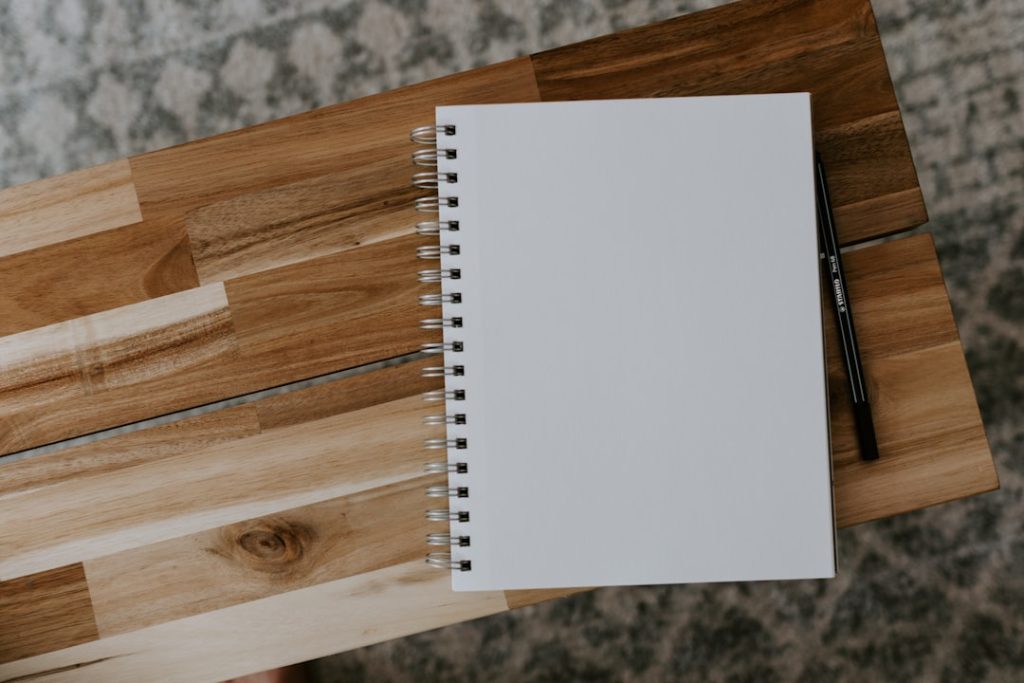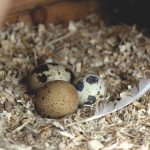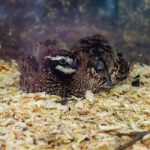Quail breeding pens are essential for anyone looking to raise quail for meat or eggs. These pens provide a safe and controlled environment for quail to breed and thrive, ensuring the success of your quail breeding operation. Whether you are a small-scale hobbyist or a commercial quail farmer, the design and construction of your quail breeding pens are crucial to the health and productivity of your quail flock. In this article, we will explore the various factors to consider when designing and building quail breeding pens, as well as the different types of pens available and the materials needed for construction. Additionally, we will discuss the size and layout of quail breeding pens, environmental considerations, and the importance of regular maintenance and cleaning. By understanding these key aspects of quail breeding pen management, you can create a thriving environment for your quail and ensure the success of your breeding program.
Table of Contents
- 1 Factors to Consider in Quail Breeding Pen Design
- 2 Types of Quail Breeding Pens
- 3 Materials for Quail Breeding Pen Construction
- 4 Size and Layout of Quail Breeding Pens
- 5 Environmental Considerations for Quail Breeding Pens
- 6 Maintenance and Cleaning of Quail Breeding Pens
- 7 FAQs
- 7.1 What is a quail breeding pen design?
- 7.2 What are the key considerations when designing a quail breeding pen?
- 7.3 What are the space requirements for a quail breeding pen?
- 7.4 How important is ventilation in a quail breeding pen design?
- 7.5 What lighting considerations should be taken into account in a quail breeding pen design?
- 7.6 How can temperature control be achieved in a quail breeding pen?
- 7.7 What are some important features for ease of access in a quail breeding pen design?
Key Takeaways
- Quail breeding pens are essential for successful quail farming and can be designed to meet specific needs and preferences.
- Factors to consider in quail breeding pen design include space, ventilation, security, and ease of cleaning and maintenance.
- Types of quail breeding pens include battery cages, floor pens, and colony cages, each with their own advantages and disadvantages.
- Materials for quail breeding pen construction can include wood, wire mesh, PVC, and metal, depending on budget and climate considerations.
- Size and layout of quail breeding pens should allow for adequate space per bird, easy access for feeding and egg collection, and protection from predators and the elements.
- Environmental considerations for quail breeding pens include temperature control, lighting, and waste management to ensure the health and productivity of the quail.
- Maintenance and cleaning of quail breeding pens is crucial for preventing disease and ensuring the well-being of the quail, and should be done regularly and thoroughly.
Factors to Consider in Quail Breeding Pen Design
When designing quail breeding pens, there are several important factors to consider to ensure the health and productivity of your quail flock. First and foremost, the pens should provide adequate space for the quail to move around freely and engage in natural behaviors such as dust bathing and foraging. Additionally, the pens should be designed to protect the quail from predators and provide shelter from the elements, including wind, rain, and extreme temperatures. The design should also allow for easy access for feeding, watering, and egg collection, as well as facilitate regular cleaning and maintenance. Furthermore, the pens should be constructed with durable materials that are easy to clean and disinfect to prevent the spread of disease. Finally, the design should take into account the specific needs of the quail breed being raised, such as their size, behavior, and reproductive habits. By carefully considering these factors in the design of your quail breeding pens, you can create a safe and productive environment for your quail flock.
Types of Quail Breeding Pens
There are several different types of quail breeding pens to choose from, each with its own advantages and disadvantages. One common type is the battery cage system, which consists of stacked wire cages that allow for efficient use of space and easy waste management. Another option is the floor pen system, which provides a more natural environment for the quail but requires more space and careful management of waste. Additionally, some quail breeders use colony breeding pens, which house multiple males and females together to encourage natural mating behaviors. Each type of pen has its own unique benefits and challenges, so it’s important to carefully consider your specific needs and goals when choosing the right type of pen for your quail breeding operation. By selecting the most suitable type of pen for your quail flock, you can create an environment that promotes healthy breeding and optimal productivity.
Materials for Quail Breeding Pen Construction
When constructing quail breeding pens, it’s important to use materials that are durable, easy to clean, and provide adequate protection for the quail. Common materials used for pen construction include wood, wire mesh, PVC piping, and corrugated metal. Wood is often used for framing and structural support, while wire mesh provides ventilation and security. PVC piping can be used for feeders and waterers, while corrugated metal is often used for roofing to protect the quail from the elements. It’s important to select materials that are non-toxic and resistant to corrosion, as well as easy to disinfect to prevent the spread of disease. Additionally, the materials should be able to withstand regular wear and tear from the quail and environmental factors. By choosing high-quality materials for your quail breeding pens, you can ensure the longevity and effectiveness of your breeding operation.
Size and Layout of Quail Breeding Pens
The size and layout of quail breeding pens are crucial factors that can impact the health and productivity of your quail flock. The pens should provide adequate space for the quail to move around freely and engage in natural behaviors such as dust bathing and foraging. The recommended minimum space per bird is 1 square foot for smaller breeds and 2 square feet for larger breeds. Additionally, the layout of the pens should allow for easy access for feeding, watering, egg collection, and cleaning. It’s important to consider the placement of feeders and waterers to ensure all birds have access to food and water without overcrowding or competition. Furthermore, the layout should allow for efficient waste management to prevent the buildup of ammonia and other harmful substances. By carefully planning the size and layout of your quail breeding pens, you can create a comfortable and productive environment for your quail flock.
Environmental Considerations for Quail Breeding Pens

Creating a suitable environment for quail breeding pens involves considering various environmental factors that can impact the health and productivity of your quail flock. Proper ventilation is essential to prevent the buildup of ammonia from waste and ensure good air quality within the pens. Additionally, adequate lighting is important to promote healthy growth and reproductive behavior in the quail. Temperature control is also crucial, especially in extreme climates, to prevent heat stress or cold-related health issues. Furthermore, it’s important to consider noise levels and potential sources of stress that can impact the well-being of the quail. By carefully managing these environmental considerations in your quail breeding pens, you can create a comfortable and stress-free environment that promotes optimal breeding and productivity.
Maintenance and Cleaning of Quail Breeding Pens
Regular maintenance and cleaning of quail breeding pens are essential to ensure the health and well-being of your quail flock. Pens should be cleaned regularly to remove waste, old bedding, and any debris that can harbor bacteria or pests. Additionally, feeders and waterers should be cleaned and sanitized regularly to prevent contamination and disease spread. It’s important to inspect the pens regularly for any signs of damage or wear that may compromise their structural integrity or pose a risk to the quail. Furthermore, regular maintenance should include checking ventilation systems, lighting, temperature control, and other environmental factors to ensure they are functioning properly. By implementing a thorough maintenance and cleaning routine for your quail breeding pens, you can create a safe and healthy environment that promotes successful breeding and optimal productivity.
In conclusion, quail breeding pens are essential for creating a safe and controlled environment for raising quail for meat or eggs. When designing and constructing these pens, it’s important to consider factors such as space, protection from predators and the elements, ease of access for feeding and cleaning, as well as the specific needs of the quail breed being raised. There are different types of pens available, each with its own advantages and disadvantages, so it’s important to choose the right type for your specific needs. Using high-quality materials for construction is crucial to ensure durability, ease of cleaning, and protection from disease spread. The size and layout of the pens should provide adequate space for the quail to move around freely while allowing for efficient feeding, watering, waste management, and egg collection. Environmental considerations such as ventilation, lighting, temperature control, noise levels, and stress factors should also be carefully managed to create a comfortable environment that promotes optimal breeding and productivity. Regular maintenance and cleaning are essential to ensure the health and well-being of your quail flock by removing waste, old bedding, debris that can harbor bacteria or pests while also checking structural integrity or environmental systems functionality regularly. By carefully considering these key aspects of quail breeding pen management, you can create a thriving environment for your quail flock that ensures successful breeding operations.
If you’re interested in quail breeding pen design, you may also want to check out this insightful article on how to insulate a chicken coop. Proper insulation is crucial for maintaining the right temperature and environment for poultry, and the principles discussed in this article could be beneficial for designing a quail breeding pen as well.
FAQs
What is a quail breeding pen design?
A quail breeding pen design refers to the layout and structure of a pen or enclosure specifically designed for breeding and raising quail.
What are the key considerations when designing a quail breeding pen?
Key considerations when designing a quail breeding pen include space requirements, ventilation, lighting, temperature control, and ease of access for cleaning and maintenance.
What are the space requirements for a quail breeding pen?
Quail breeding pens should provide at least 1 square foot of space per bird to allow for adequate movement and nesting.
How important is ventilation in a quail breeding pen design?
Proper ventilation is crucial in a quail breeding pen to ensure good air quality, regulate humidity, and prevent the buildup of ammonia from waste.
What lighting considerations should be taken into account in a quail breeding pen design?
Quail breeding pens should have access to natural light or be equipped with artificial lighting to provide a consistent day-night cycle, which is important for quail breeding and egg production.
How can temperature control be achieved in a quail breeding pen?
Temperature control in a quail breeding pen can be achieved through insulation, heating, and cooling systems to maintain a comfortable and stable environment for the quail.
What are some important features for ease of access in a quail breeding pen design?
Important features for ease of access in a quail breeding pen design include removable panels for cleaning, easy access to nesting boxes, and a layout that allows for efficient feeding and egg collection.
Meet Walter, the feathered-friend fanatic of Florida! Nestled in the sunshine state, Walter struts through life with his feathered companions, clucking his way to happiness. With a coop that’s fancier than a five-star hotel, he’s the Don Juan of the chicken world. When he’s not teaching his hens to do the cha-cha, you’ll find him in a heated debate with his prized rooster, Sir Clucks-a-Lot. Walter’s poultry passion is no yolk; he’s the sunny-side-up guy you never knew you needed in your flock of friends!







